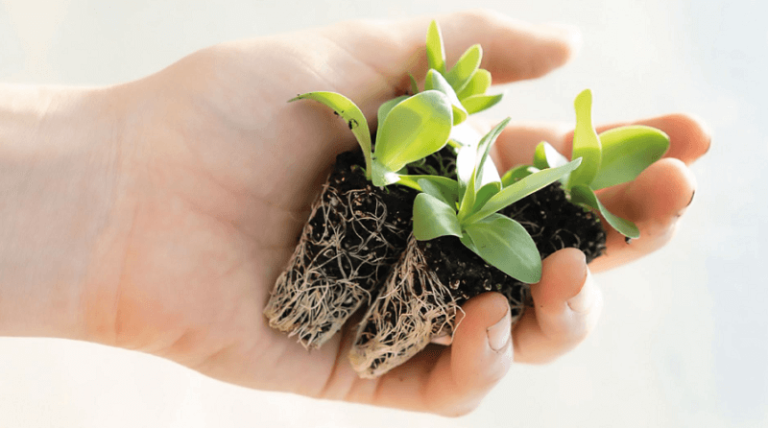What is and what is not allowed

The “new” family model is increasingly present in our reproduction units. The presence of lesbian couples who desire a pregnancy may raise questions that sometimes make us doubt whether they are within what is legally permitted by the law. Insemination of one of the partners through the use of a sperm bank or IVF does not pose any problems, as there is no difference either technically or legally from the procedures that single women undergo.
Something that is completely different is the use of the ROPA (Reception of Oocytes from the Partner) Method, though which in a lesbian couple, one of the women undergoes the stimulation of her eggs and these, once fertilized, are transferred to her partner, who will carry out the pregnancy. This initially raised some issues. The law states that eggs must be donated from an anonymous donor, and since this is clearly NOT an anonymous donation, would it even be legally possible? The detail that makes this technique possible is the fact that the two people involved are in a relationship. In this case, a homosexual couple has the same rights as a heterosexual couple, in which there is an exchange of gametes. This opened the door to lesbian couples to exchange their own through the use of the ROPA Method.
But these couples present situations that take us one step further. What if both wish to undergo an IVF with the same donation, and we “swap” the resulting embryos so that they both become pregnant with their partner’s eggs, using the same donor for both?
First of all, the law states that previously frozen embryos may be used by the woman herself or her spouse. There is nothing that prevents them legally from being stimulated simultaneously, provided that the embryos of both have a certain and immediate reproductive destiny.
The obstacle may come in the choice of the male donor, as it is necessary to seek the greatest phenotypic and immunological similarity possible to the donor. This means that both women should have some physical similarities, so that the reproduction lab may choose sperm that would adapt to both of their phenotypes. My intention was to present an example of the challenges that new family models pose in our day-to-day work and that without the help of a legal team to advise us, it would be difficult to make the right decisions. More than technical problems, these are legal questions we occasionally have to face.




